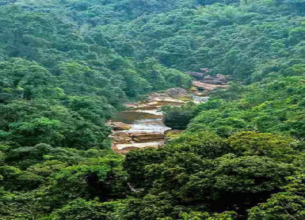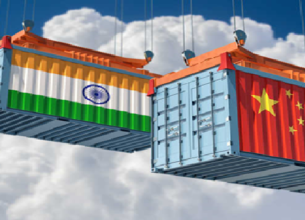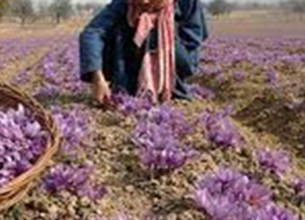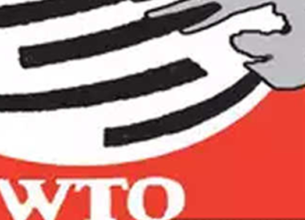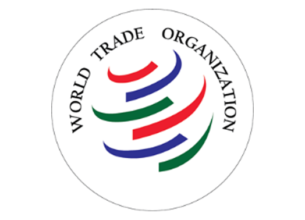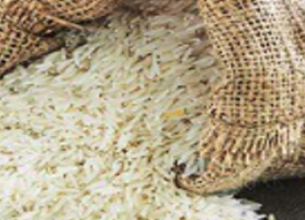DEVELOPING COUNTRY STATUS IN WTO
14, Apr 2020
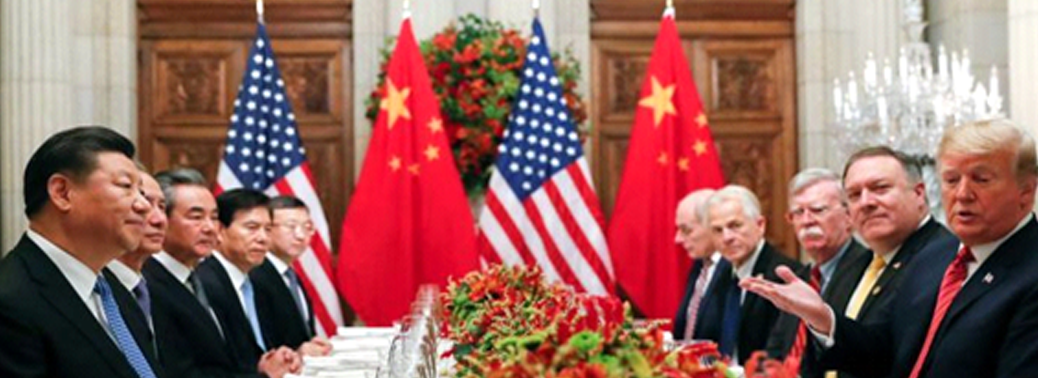
Prelims level : WTO, Industrial Economics
Mains level : GS-II Important International institutions, agencies and fora- their Structure, Mandate.
Why in News?
- US president has asked for changing the WTO rules for changing the developing country status of China.
China – a developing country or Developed Country?
- China became a WTO member in 2001. By 2011, China became the second-largest economy in GDP terms, the first largest merchandise exporter, the fourth largest commercial services exporter and the first destination for inward FDI among developing countries.
- So if China is forced to take on the duties of a developed country and forego the benefits of a developing country, the West could soon ask other developing countries that are ahead of China (at least in per capita terms) to do the same.
Who are the developing countries in the WTO?
- There are no WTO definitions of “developed”and “developing”
- Members announce for themselves whether they are “developed” or “developing” countries.
- However, other members can challenge the decision of a member to make use of provisions available to developing countries.
What are the advantages of “Developing Country” status?
- Developing country status in the WTO brings certain rights.
- Developing country status ensures special and differential treatment (S&DT)or provisions which allow them more time to implement agreements and commitments, include measures to increase trading opportunities, safeguard their trade interests, and support to build capacity to handle disputes and implement technical standards.
WTO Norms for Recognition of Developed, Developing and LDCs:
- Under the WTO system, generally, countries are designated as developed, developing, and least developed countries (LDCs).
- The uneven level of development between developed and developing countries in the WTO is a well-recognised fact.
- Article XVIII of the General Agreement on Tariffs and Trade (GATT) recognises that attaining the objectives of this agreement would require facilitating the progressive development of those countries that can only support low levels of development and are at the early stages of development.
- Accordingly, countries self-designate themselves as ‘developing country’ to take advantage of provisions like Article XVIII of GATT and other special and differential treatment (S&DT) provisions in the WTO agreements.
- These provisions are aimed at increasing trade opportunities for developing countries, ensuring longer transitional periods to comply with WTO obligations, and affording technical assistance to countries, among other things.
What are “Special and Differential Treatment” Provisions?
- Longer time periods for implementing Agreements and commitments,
- Measures to increase trading opportunities for developing countries,
- Provisions requiring all WTO members to safeguard the trade interests of developing countries,
- Support to help developing countries build the capacity to carry out WTO work, handle disputes, and implement technical standards, and
- Provisions related to least-developed country (LDC) Members.
- The concept of non-reciprocal preferential treatment for developing countries that when developed countries grant trade concessions to developing countries, they should not expect the developing countries to make matching offers in return.
Demands by Developed Countries:
- For some time now, developed countries, mainly the US, have been asking the WTO to end the benefits being given to developing countries.
- Nearly two-thirds of the members of the World Trade Organization (WTO) have been able to avail themselves of special treatment and to take on weaker commitments under the WTO framework by designating themselves as Developing Countries.



